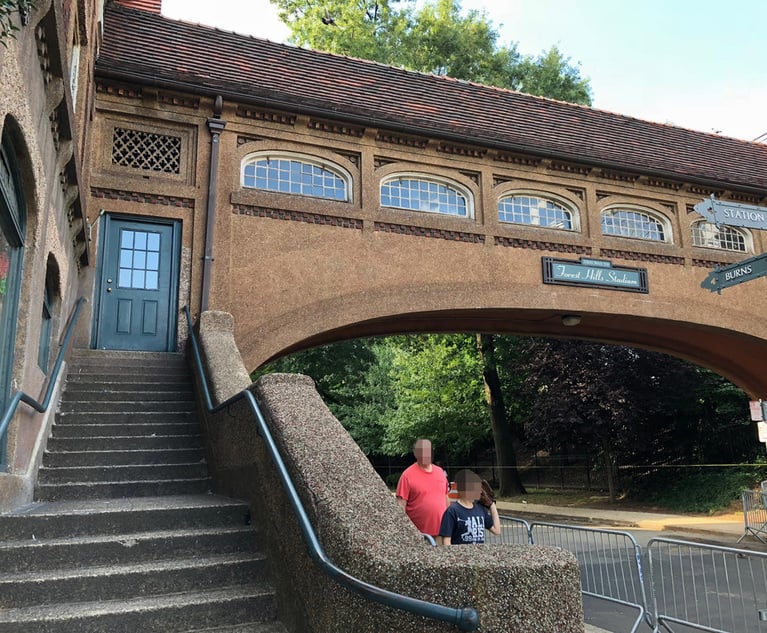New York Labor Law §240(1) and 241(6) provide strong legal pillars to ensure and improve worker safety. In a recent article, we discussed aspects of the protections provided to workers under Labor Law §241(6), which is applicable to accidents occurring in the context of construction, demolition and excavation work, albeit not necessarily at a construction site (NYLJ, Nov. 27, 2023). Unlike Labor Law §240(1), Labor Law §241 (6) is not self executing. Plaintiff must show that a violation of a concrete specification under a provision of the New York Industrial Code was a proximate cause of injury in order to impose liability under §241(6).
Among the most frequently cited Industrial Code regulations, which have been found sufficiently concrete to support liability under §241(6) are certain subsections of 12 NYCRR 23-1.7. These include 12 NYCRR 23-1.7(d) which addresses slipping hazards and 12 NYCRR 23-1.7(e) which addresses tripping hazards. These sections in particular have been subject to a defense which asserts that the hazard which was the proximate cause of the occurrence was “integral” to the work being performed so as to be ineligible to support an action under §241(6).


 New York Court of Appeals building in Albany. Photo: Ryland West/ALM
New York Court of Appeals building in Albany. Photo: Ryland West/ALM




